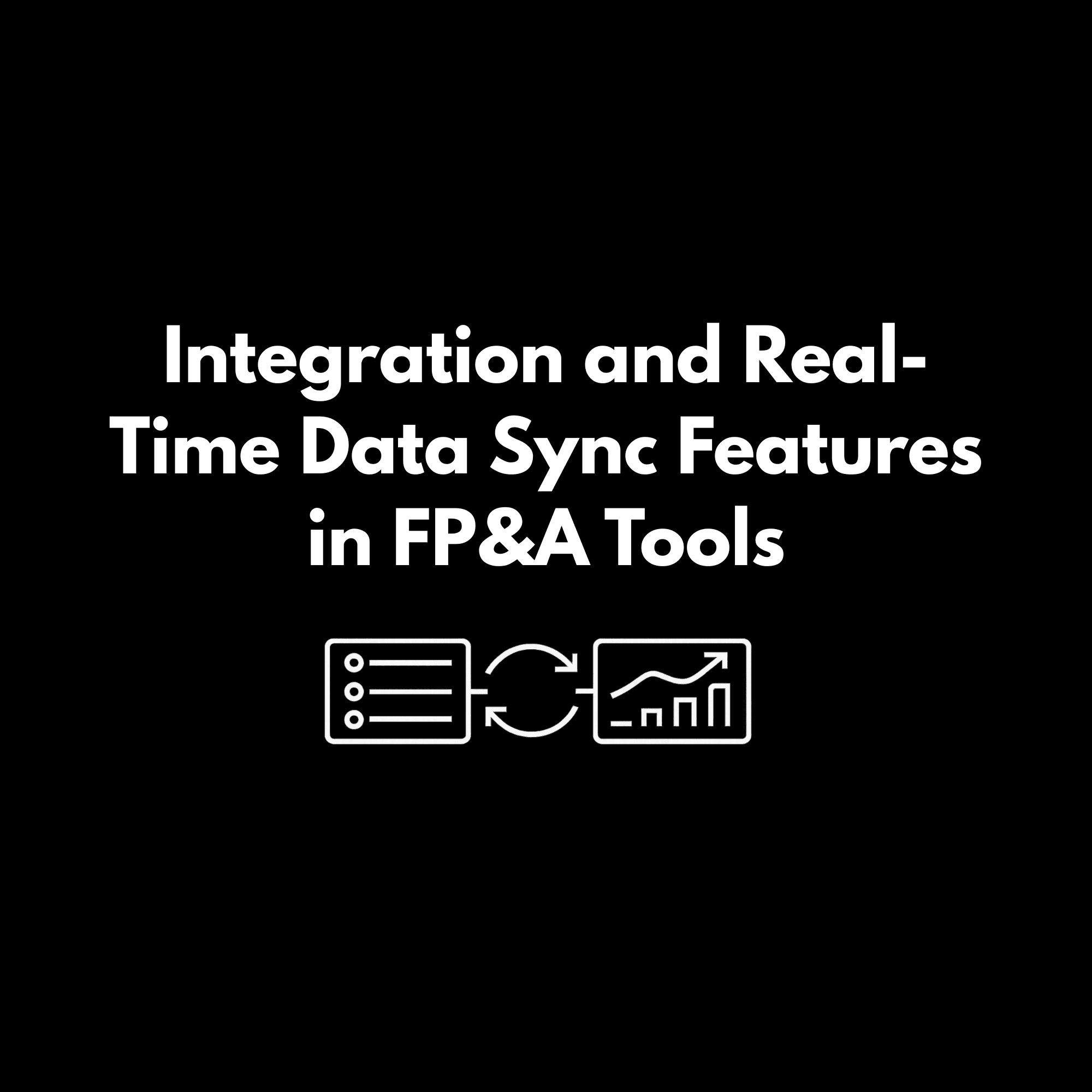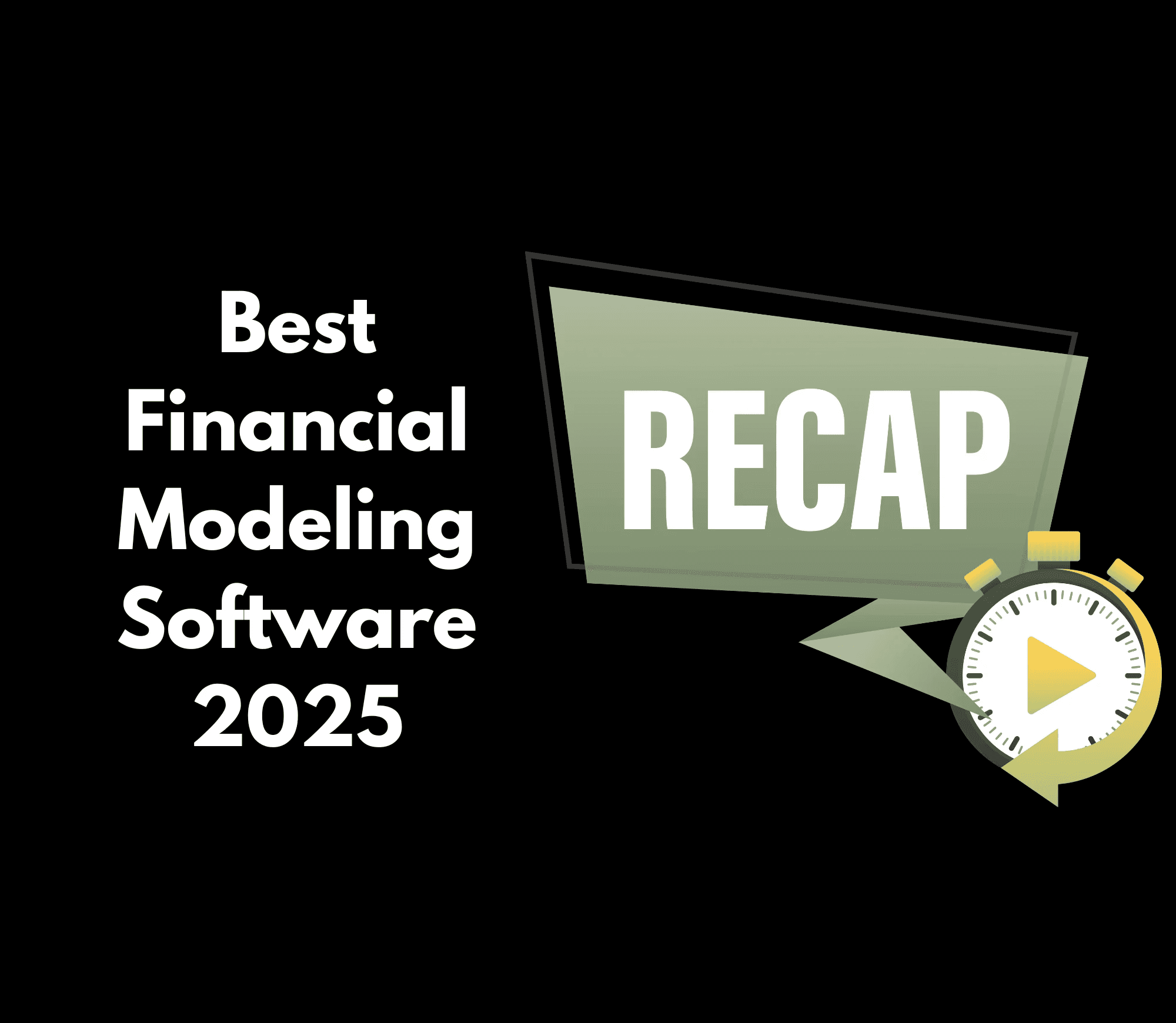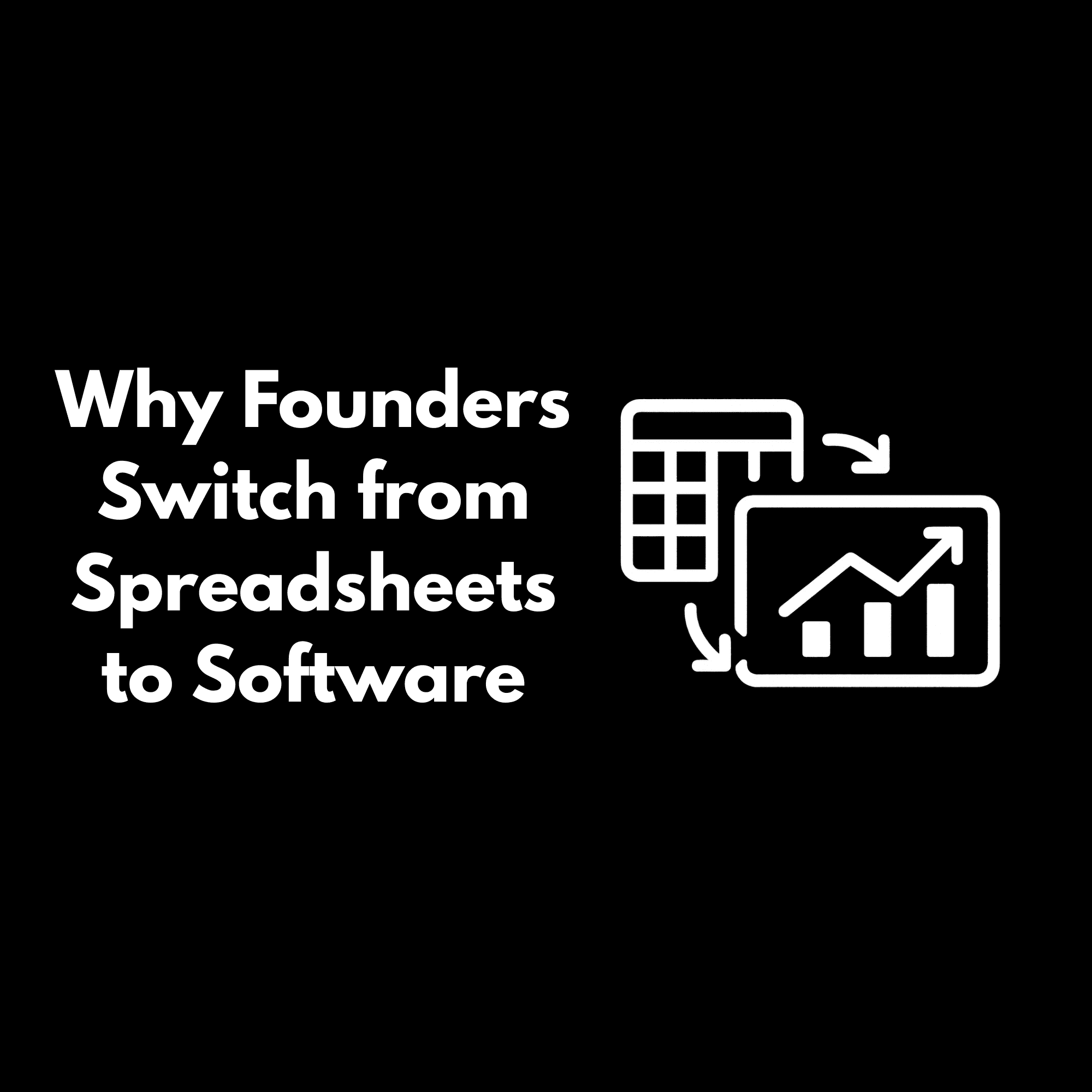Blog
Finance Advice
What to Include in a Financial Model Before Your Next Board Meeting
Learn what to include in your board deck financial model and what investors want to see. Discover how Parallel helps founders build live, investor-ready financial reports in minutes.

Renato Villanueva
CEO & Cofounder
Oct 15, 2025
Every founder knows that board meetings and investor updates are where financial storytelling gets real. You’re proving you understand your business, your risks, and your path forward. But here’s the problem: most founders don’t know exactly what investors want to see in a board deck financial model.
In this post, we’ll break down what to include in your financial model for board and investor reporting.
What Is a Board Deck Financial Model?
Your board deck financial model is the heartbeat of your investor updates. It shows your company’s performance against plan, highlights key drivers of growth or risk, and provides the financial foundation for every major decision: hiring, fundraising, or expansion.
Think of it as the “source of truth” that answers two big questions:
How are we doing compared to what we said we’d do?
What happens next?
What to Include in a Board Deck Financial Model
Investors want clarity, consistency, and confidence. Here’s what your board deck should include.
1. P&L Overview (Actuals vs. Plan)
Start with your income statement (or P&L as some call it) at a glance. Include key metrics like:
Revenue and growth rate
Gross margin
Operating expenses (by major category)
Net income or loss
Show actuals vs. plan, both in dollar values and percentage variance. The goal is to show awareness in what is going on in your business currently and where you predict it to be at in the future. Investors aren't looking for perfection, they just want to see your potential.
2. Cash Flow and Runway Analysis
Nothing matters more to investors than knowing how much cash you have and how long it will last. Include:
Current cash balance
Monthly burn rate
Runway in months
Forecasted cash balance under different scenarios
3. Headcount and Hiring Plans
Investors pay close attention to how you’re building your team because headcount drives both cost and capacity. Include:
Total headcount (current vs. planned)
Key roles or departments hiring next
Average cost per employee
Hiring pace vs. plan
This section helps align financial and operational strategy, showing discipline around scaling.
4. KPIs and Growth Metrics
Choose metrics that reflect the core health of your business and keep them consistent across updates. For most startups, that means:
ARR or MRR
Customer acquisition cost (CAC)
Lifetime value (LTV)
Churn rate or retention
Payback period
Burn multiple
Use visuals wherever possible. A simple chart is more powerful than a table full of numbers.
5. Scenario Modeling and Forward Forecast
This is where great board decks stand out. Show not just what happened, but what could happen. Include at least three scenarios:
Base Case: What you expect given current performance.
Best Case: What happens if growth accelerates or CAC improves.
Downside Case: What happens if sales slow or funding delays.
Investors love to see founders who think in scenarios. It signals foresight, not just optimism.
What Investors Actually Want
Investors aren’t looking for a perfect forecast. They’re looking for founders who:
✔️ Understand their numbers
✔️ Track performance with discipline
✔️ Communicate clearly about tradeoffs and plans
Your financial model is a credibility tool. It shows you’re in control of your business and that your decisions are grounded in data, not instinct.
Why Parallel Is the Best Platform for Building Board Deck Financial Models
Traditional FP&A tools are built for analysts, not founders. They’re slow, manual, and overly complex. Parallel changes that.
With Parallel, you can:
Sync real financial data instantly
Update forecasts automatically
Model scenarios in real time
Generate board-ready charts and reports in minutes
It’s the AI-native FP&A platform that turns your financial model into a living, breathing story. You can share your numbers confidently with investors, your team, and your board.
Founders use Parallel to save hours on board prep and impress investors with clarity and confidence.
The Takeaway
Your board deck financial model is a leadership tool. It helps you own your numbers, make better decisions, and tell a compelling story about where you’re headed.
With Parallel, that story writes itself with live, accurate, and investor-ready.
See what Parallel can do for you and book a demo today.
FAQs
What should I include in a board deck financial model?
Include your P&L (actuals vs. plan), cash flow, runway, headcount summary, and key KPIs. Add a forward forecast with multiple scenarios so investors can see both performance and risk.
How detailed should my investor financial model be?
Keep it simple. Show trends and key drivers like revenue, burn rate, gross margin, CAC, and runway. Investors care about clarity and strategy, not every expense line.
Why is scenario modeling important for board meetings?
Scenario modeling shows investors you’re prepared for uncertainty. By modeling best, base, and worst cases, you can explain how decisions affect growth and cash.
How often should I update my financial model for board reviews?
At least monthly, or whenever major financial changes happen. Tools like Parallel update automatically so your numbers are always accurate and ready to share.
How does Parallel make board-ready models easier?
Parallel connects to your financial data, updates forecasts in real time, and builds clean investor-ready charts instantly, saving founders hours of manual work.

Renato Villanueva
CEO & Cofounder
From hiring to fundraising, Parallel helps startups make faster, more confident decisions with a financial forecast they trust.



